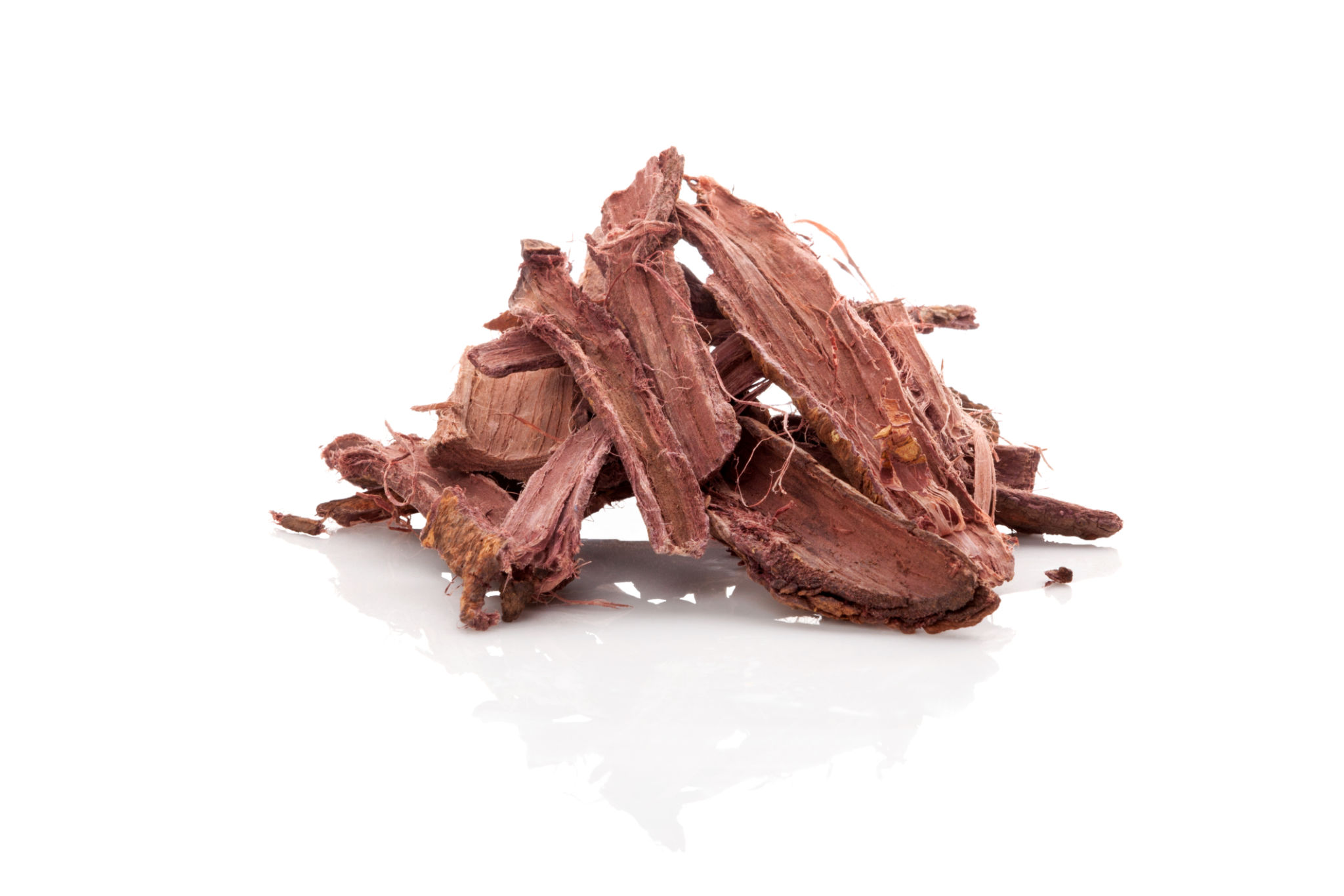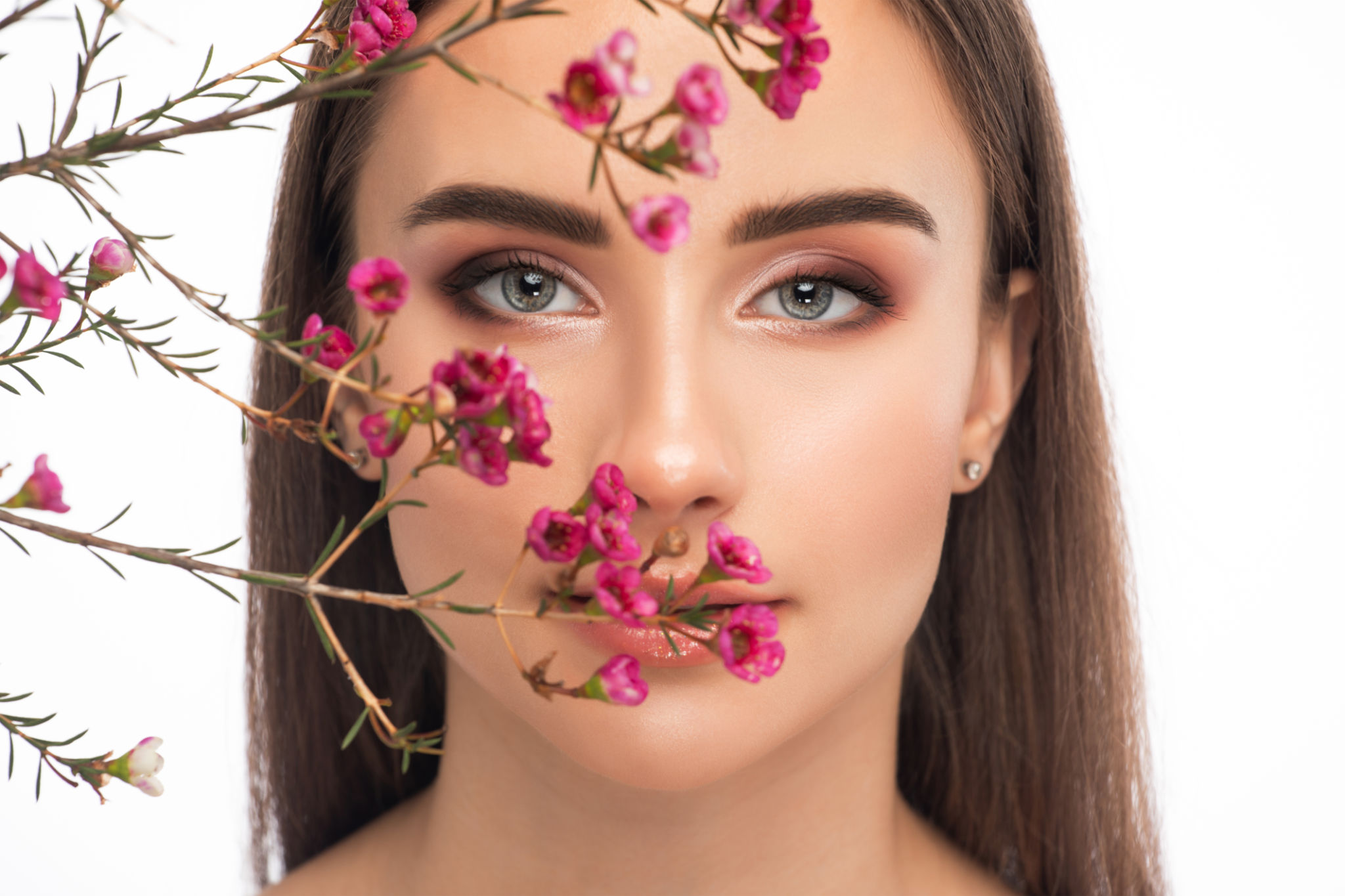How to Create Vibrant Plant-Based Dyes Using Mimosa Hostilis Bark
Introduction to Natural Dyeing
Natural dyeing is an art form that has been practiced for centuries. It involves using plants, minerals, and other natural substances to create dyes that can be used to color fabrics, yarns, and other materials. Among the plethora of plants available for dyeing, Mimosa Hostilis bark stands out for its vibrant hues and durability.
Mimosa Hostilis, also known as Jurema Preta, is native to Brazil and parts of Central America. Its bark is renowned for producing a rich array of colors, particularly deep purples and pinks. Learning how to harness these colors can add a unique touch to your textile projects.

The Process of Extracting Dye
Extracting dye from Mimosa Hostilis bark is a straightforward yet meticulous process. To begin, you will need dried Mimosa Hostilis bark, water, and a few basic tools. It's important to ensure the bark is thoroughly dried to achieve the best results.
Materials Needed
- 100 grams of dried Mimosa Hostilis bark
- 1 liter of water
- A large pot
- A strainer or cheesecloth
- Rubber gloves
Start by breaking the dried bark into smaller pieces. This increases the surface area and ensures a more efficient extraction of the dye. Once the bark is prepared, place it in a pot with water and bring it to a gentle simmer.

Creating the Dye Bath
Allow the bark to simmer for about an hour, occasionally stirring the mixture. During this time, the water will gradually take on a rich, vibrant hue. Patience is key here; allowing the mixture to simmer adequately ensures a more potent dye.
After simmering, strain the mixture through a strainer or cheesecloth to remove any solid pieces of bark. You should be left with a clear liquid that carries the essence of the Mimosa Hostilis bark's color.
Preparing Your Fabric
Before dyeing, it's crucial to prepare your fabric properly. This step will ensure that the dye adheres well and lasts longer. Begin by washing your fabric in hot water to remove any residues or finishes that might interfere with dye absorption.

Dyeing the Fabric
With your fabric prepped and your dye bath ready, it’s time to start the dyeing process. Immerse your fabric into the dye bath, ensuring that it is completely submerged. Stir the fabric gently to allow even distribution of the dye.
The length of time you leave the fabric in the dye bath will affect the final color intensity. For softer tones, a shorter immersion time is recommended, while longer periods will yield deeper colors. Experimentation is encouraged to find your perfect shade.
Final Steps and Setting the Dye
Once you've achieved the desired color, remove the fabric from the dye bath and rinse it under cold water until it runs clear. This helps set the color and remove any excess dye. To further ensure colorfastness, you can soak the fabric in a solution of water and vinegar for about 15 minutes before giving it a final rinse.

Caring for Your Dyed Fabrics
Caring for naturally dyed fabrics is essential to maintain their vibrancy. Always wash them separately in cold water using a mild detergent. Avoid direct sunlight when drying to prevent fading. By following these steps, your beautifully dyed creations can remain vibrant for years to come.
Creating plant-based dyes using Mimosa Hostilis bark is not only rewarding but also an eco-friendly alternative to synthetic dyes. It allows you to connect with ancient traditions while producing stunning, personalized textiles.